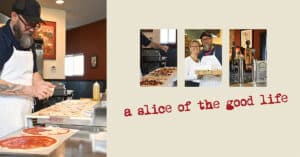Good Grain
David Krell’s Running Rabbit Mills…
It might not seem like the most obvious career trajectory to go from engineer to wheat miller, but that’s part of what makes David Krell of Running Rabbit Mills in Fort Jones so fascinating. After graduating with a degree in mechanical engineering and working for nine years “in the industry,” Krell eventually moved to Scott Valley in 1980 to work on his father’s alfalfa farm. “I just preferred being outdoors and figured I could apply engineering to anything, so farming seemed like a good fit.”

Photos courtesy of Dave Krell
While on the farm, Krell did, in fact, put his engineering to use, building novel things like solar-powered wheel line drivers so he could water the fields with a remote control. But after two decades there, Krell wanted to try his hand at something new. For 10 years, he and his wife owned and operated the Etna Brewing Company in Etna, but in 2014 they sold the brewery and moved out to the east side of Scott Valley to grow wheat on some family property. “There was about 25 acres of farmable ground there, so I split it into three eight-acre parcels. I plant one of those parcels per year and fallow the other two parcels.” Since harvesting his first crop in 2015, Krell has only grown wheat on the land, so letting each parcel rest for two years between crops is important to the soil health. “Then, after I take the wheat, I farm all the stubble and put it back into the ground to let it decompose. I guess you could say that’s my composting program,” Krell says with a chuckle.
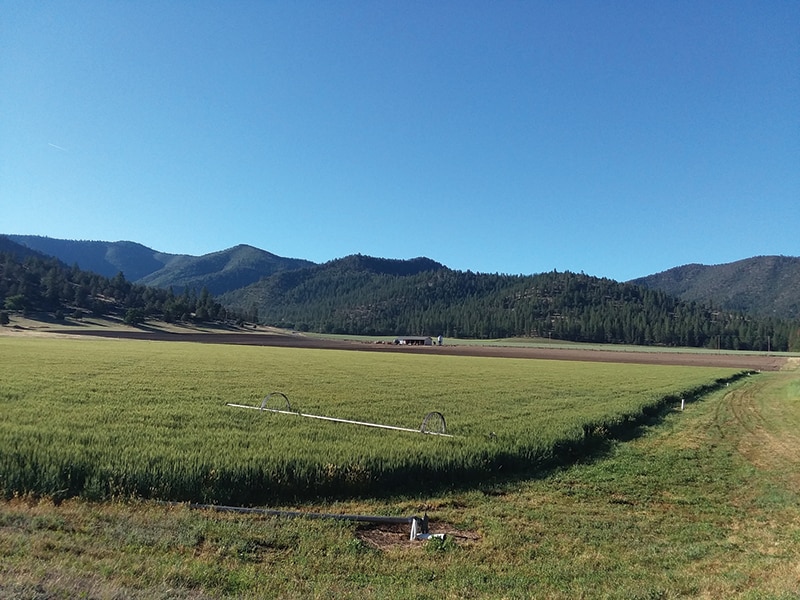
Photos courtesy of Dave Krell
Krell named his new venture Running Rabbit Mills because jackrabbits are a constant presence on the farm. “My wife helped me with that one. There are rabbits all over, especially at night.” The business sells three types of wheat. “I have the whole wheat, of course, and then I have sprouted wheat (for less gluten content), and then some people just buy the wheat berries because they’ll do their own milling.” Krell also follows organic practices. “I’m not certified organic, but I follow the practice, no herbicides, no pesticides. And I do all the work. I plant it, harvest it, sort it, clean it, mill it, package and deliver it. I don’t employ anybody so it’s 100% mine, start to finish.”
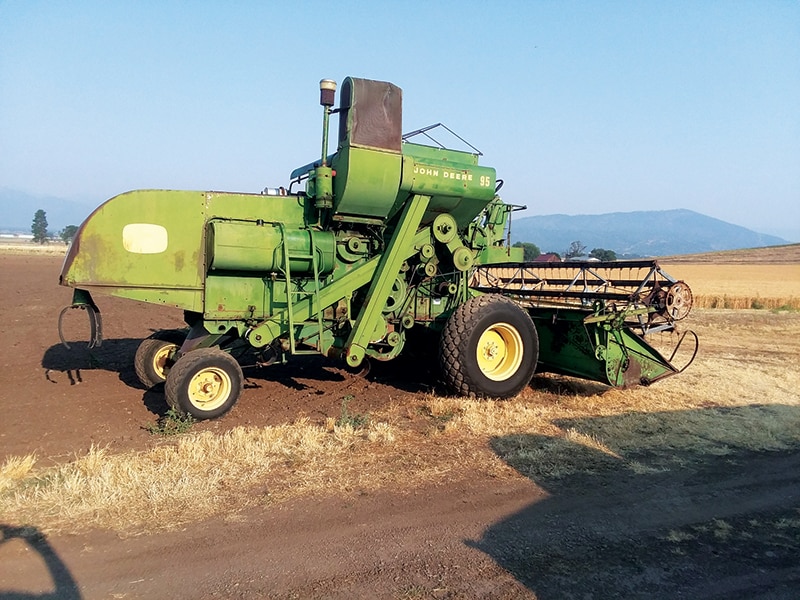
Photos courtesy of Dave Krell
This small-scale process also allows wheat to be purchased locally at its freshest, with minimum dependence on fossil fuels. “When you say fresh, a lot of times the flour people are getting commercially has been in the process pipeline for a while. A lot of grain is grown in the Midwest and Canada. It gets harvested, goes to a grain elevator then gets milled and then goes to a distributor. Then it finally goes to the store and the consumer, so it’s quite a process. But because I’m right here and everything is done on the ranch, it doesn’t get transported very far. That minimizes the energy required for producing the grain, if that makes anybody feel better.”
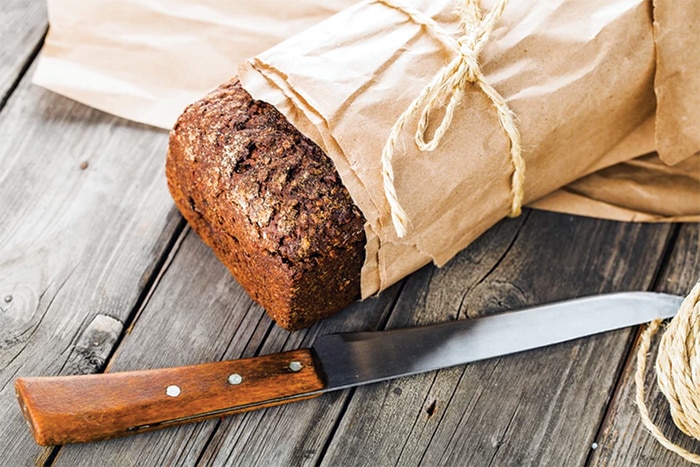
Photos courtesy of Dave Krell
Krell’s experience in mechanical engineering has helped him immensely in his wheat business. “It’s pretty handy when you have to modify anything, because you can just find old junk. For instance, small seed cleaners are really hard to find because people just don’t do it that way anymore. So, I found an old cleaner over at Joe Hurlimann’s ranch and modified it. I put a new motor on it, new gearing, and so forth. So, unlike industrial production with expensive equipment, I have no major debts. And, because I don’t use fertilizers or sprays, I’m basically independent and can do what I want.” Krell laughs as he adds, “I’m not getting rich off of this, but it’s paying my bills.”
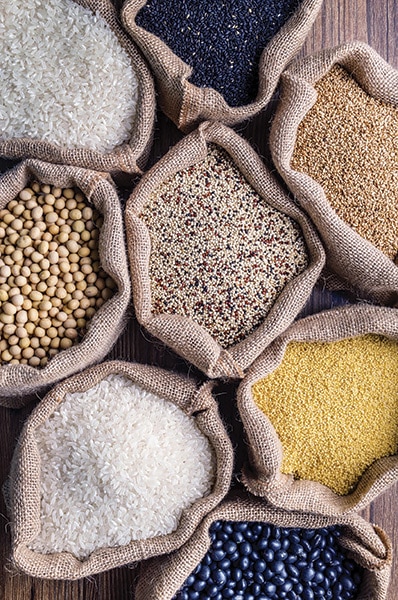
Krell also enjoys putting his own wheat to the test at home. After lots of experimentation, he’s perfected a bread recipe that he believes promises success to even the shyest of bakers. “The bread I bake at home is a no-knead recipe. I use my own sourdough starter rather than a commercial yeast, but I mix all the ingredients up the night before. Then, in the morning, after eight or nine hours of fermenting, I put it in a Dutch oven inside the oven at 450 degrees with the lid on to keep the moisture. After about 35 minutes, I take off the lid and cook it for another 15 minutes, so it’ll brown. It’s something that takes 10 minutes to mix and another 10 minutes to prep, and then just the cook time. For me, it’s ideal because I’m not the type of guy that wants sit there all day.” Ever the engineer, Krell laughs as he explains why. “It’s gotta be efficient, right?”•
Running Rabbit Mills • (530) 598-1160 www.runningrabbitmills.com




